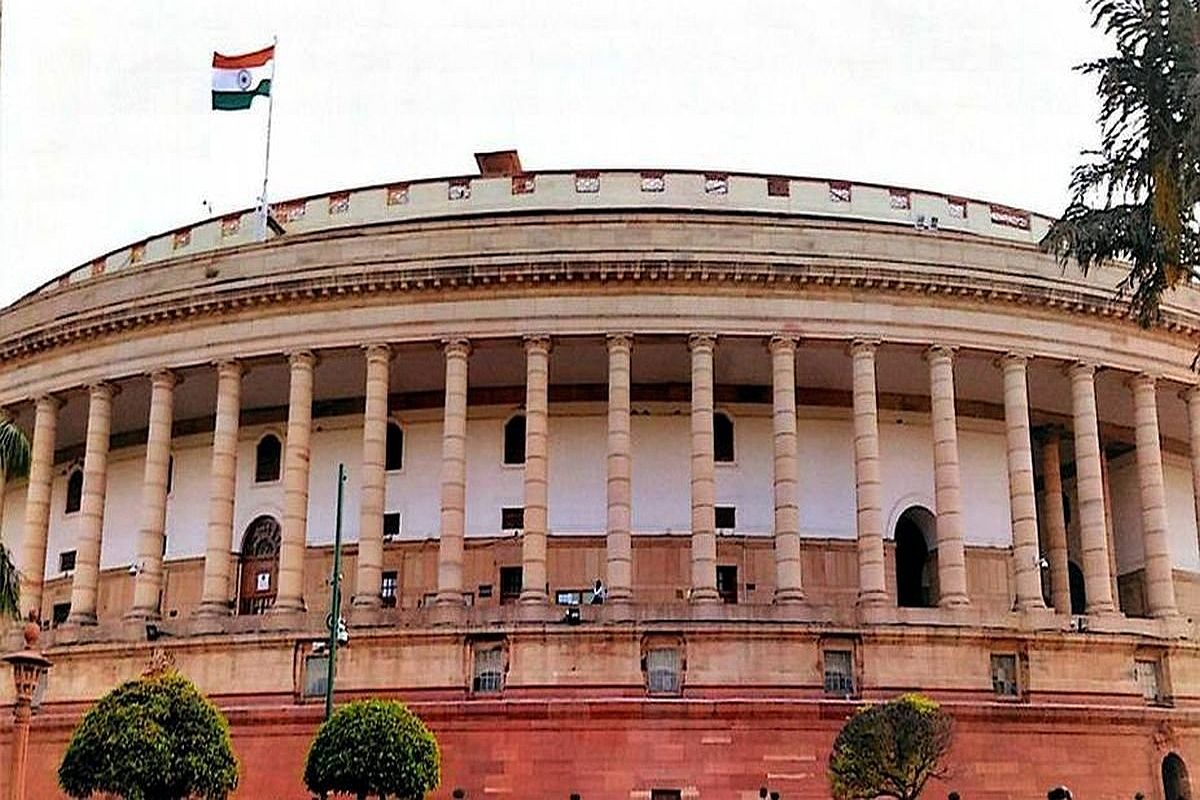Four months ago who would have imagined that the British parliament would meet virtually? It was coronavirus which made the House of Commons sit virtually for the first time in its 700-year history last week. Breaking from tradition, the House of Commons saw about 120 MPs asking questions from remote locations through Zoom software with another 50 allowed to sit in the house strictly observing social distancing.
There were some technical glitches but that was only to be expected. According to media reports, the proposal would cost nearly 370,000 pounds a month. UK had reported more than 18,738 deaths in hospitals from Covid- 19 until April 23. Britain is not the only country which has switched over to a virtual legislature.
Advertisement
Others like France and Italy are working on reduced schedules and in Germany and Poland legislators strictly adhere to social distancing norms. The European Parliament made a trial in March by e-mail voting. With some of these countries moving towards virtual Parliaments will India too emulate them? This is relevant in view of the long haul ahead. Parliament in the normal course should meet in July for a four-week monsoon session.
The recent budget session was adjourned on March 23, ahead of schedule (which was up to April 3,) because of the opposition demand that during lockdown Parliament too should be adjourned. So it is not clear whether the monsoon session will be called in July-August if the pandemic continues. The interval between one session and another should not be more than six months.
A physical meeting of Parliament with about 800 MPs, and with Parliament, security staff and media taking the number up to about 3,000 to 4,000 people cannot be risked. Interestingly, BJP member Rita Bahuguna Joshi presided over the virtual meeting of the Joint Committee on Salaries and Allowances of Members of Parliament to announce a 30 per cent pay on M.Ps salaries and allowances recently.
Following this, some opposition Members have demanded such virtual meetings of other standing committees. For instance, Rajya Sabha Deputy leader of the Congress Anand Sharma has asked for a virtual meeting of the Home Ministry Standing committee while Manish Tiwari has demanded one of the Finance Committee. Another Congress leader Jairam Ramesh has suggested a virtual session in the wake of Covid. Congress leader Shashi Tharoor has already got permission to hold the IT standing committee meeting.
The Lok Sabha Speaker is yet to take a decision about these virtual meetings. Rajya Sabha Chairman M.Venkaiah Naidu is of the view that the focus should be on fighting Covid- 19 but referred the opposition demand to the Speaker who has now directed officials to examine whether this could be permitted. Unlike in the US, committee meetings in India are not open to the public nor are they televised.
Every meeting starts with members taking an oath of secrecy. The apprehension is whether the secrecy could be maintained if a virtual committee meeting is allowed. Therefore maintaining secrecy is a big concern. However, a question arises. What is the purpose of such virtual meetings when many members do not attend even the normal committee meetings? It is also true that there has been a decline in the sitting days of Parliament. While the Lok Sabha met for about 130 days in the 1950s, it came down to just 70 days by the 2000s.
Often bills are pushed through in a rush before the end of the session. Politics makes law-makers fail in their duty to discuss and debate bills thoroughly. The National Commission to Review the Working of the Constitution had recommended that Lok Sabha should have at least 120 sittings in a year, while Rajya Sabha should have 100 sittings. Though Parliament has been moving in step with the rest of the world in going paperless and its members interacting with their constituents through video-conferencing, holding a virtual Parliament meeting is not on the horizon immediately.
Right now Parliament is not equipped technologically for a virtual session but if the restrictions continue for long, India will have to think of other methods. A virtual standing committee meeting could be the first step. Not having enough politicians who understand technology isn’t a problem unique to India or the US. Europe is struggling as well. We need a Parliament which would harness the power of technology without compromising on privacy or security.
Legislators across the world are struggling to find a balance between scrutiny and safety, as they battle to find ways to keep working during the coronavirus lockdown. “Make no mistake, we have a long way to go. This virus will be with us for a long time,” WHO director-general Tedros Adhanom Ghebreyesus predicted last week. Desperate times need desperate measures and India too needs to find methods suited to its requirements.
















